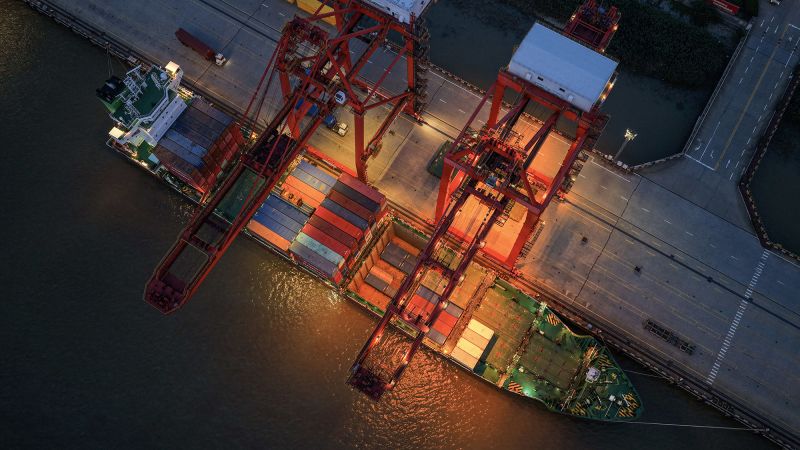In the face of escalating global trade conflicts, the United States administration, under President Donald Trump, finds itself at a pivotal juncture regarding tariffs and trade negotiations. With an imminent deadline set for August 1, 2023, critical decisions loom that could wield significant influence over not only the American economy but also the global financial landscape. Treasury Secretary Scott Bessent and Commerce Secretary Howard Lutnick, among other senior advisers, frequently communicate that these decisions ultimately reside in the hands of the president. This chain of command emphasizes the weight of policy-making as trade tensions intensify.
As the clock ticks closer to the August deadline, the complexities of Trump’s administration regarding tariffs come into sharper focus. Initially, in early April, Trump paused numerous proposed tariffs; however, such measures are scheduled to resume on the specified date. Among the tariffs enacted, a particularly noteworthy imposition is the 10% universal tariff affecting a wide array of goods entering the United States, which Trump has contemplated raising, possibly even doubling, to address ongoing trade inequities.
Recent communications from Trump indicate his strategies for a structured yet punitive tariff system, with intriguing proposals like a flat rate of 15% for all remaining countries, hinting at misconceptions of fairness in trade relations. In a July 10 interview with NBC News, Trump stated his intent to hold all remaining nations accountable, underscoring this administration’s aggressive repositioning in global commerce. Letters dispatched to international leaders effectively function as notifications of impending economic alterations, with many observers speculating that this universal tariff will settle around the 15% mark, informed by prior trade agreements and discussions.
Market analysts, such as Peter Boockvar, are not shy about predicting that the average effective US tariff could soar from a historical average of around 2% to an unprecedented 18%. Economists posit that such increases could translate to an extra burden of approximately $2,400 annually for American households, showcasing the ripple effects that Trump’s decisions could generate. Each percentage increase in tariffs acts as a multiplier for domestic costs, and for the country, the collective annual imports tally up to a staggering $3.3 trillion.
What further complicates the situation is the administration’s broader ambition to impose tariffs on pharmaceuticals produced outside the United States. With a significant share of American medicines originating from overseas, this move could have profound implications. Trump recently suggested undergoing a revolution in drug manufacturing domestically, expressing a desire to impose severe tariffs—potentially as high as 200%—on foreign-produced pharmaceuticals. Here arises another crucial decision: the logistics of which specific drugs turn subject to these tariffs and the mechanisms deployed to enact such policies.
Patient advocacy groups have raised alarms that introducing tariffs on pharmaceuticals could lead to soaring drug prices and worsen supply shortages, indicating a dangerous intersection between trade policy and public health needs. Amidst these controversies, Trump’s fluctuating stances on tariffs reflect a balance between demonstrating toughness on trade and the pragmatism required to sustain economic stability.
As Trump weighs his options, he is faced with a historically precarious choice: push forward with the imposition of widespread tariffs on international partners or defer these measures once again. The markets reacted violently in April following the announcement of earlier tariffs—exhibiting significant volatility and concerns of recession. Yet the later negotiations with key countries like China and Japan have restored a measure of optimism among investors, suggesting that the administration may calibrate its approach strategically to prevent adverse economic fallout.
Navigating this complex web of international trade dynamics is a daunting task. As the administration looks toward August 1, there’s a palpable tension in balancing decisive action with the necessity of fostering favorable relations with trading partners. The implications of these tariff decisions are vast, and it remains to be seen how far Trump is willing to push them, as pressures from investors, businesses, and global counterparts arrive from every facet of the economy. Whether his administration will adopt a more conciliatory approach amidst the evolving geopolitical landscapes could dictate the future viability of the global trading system.












